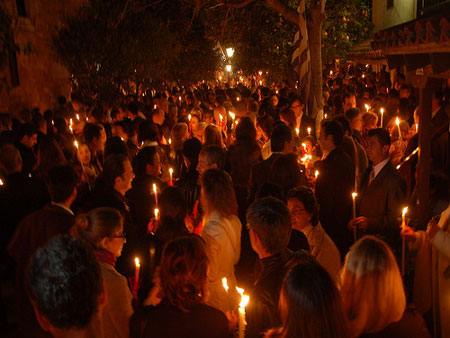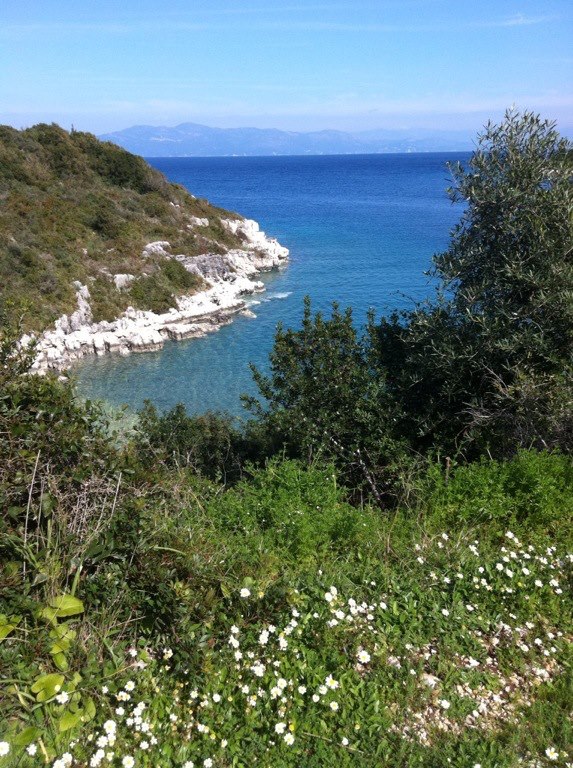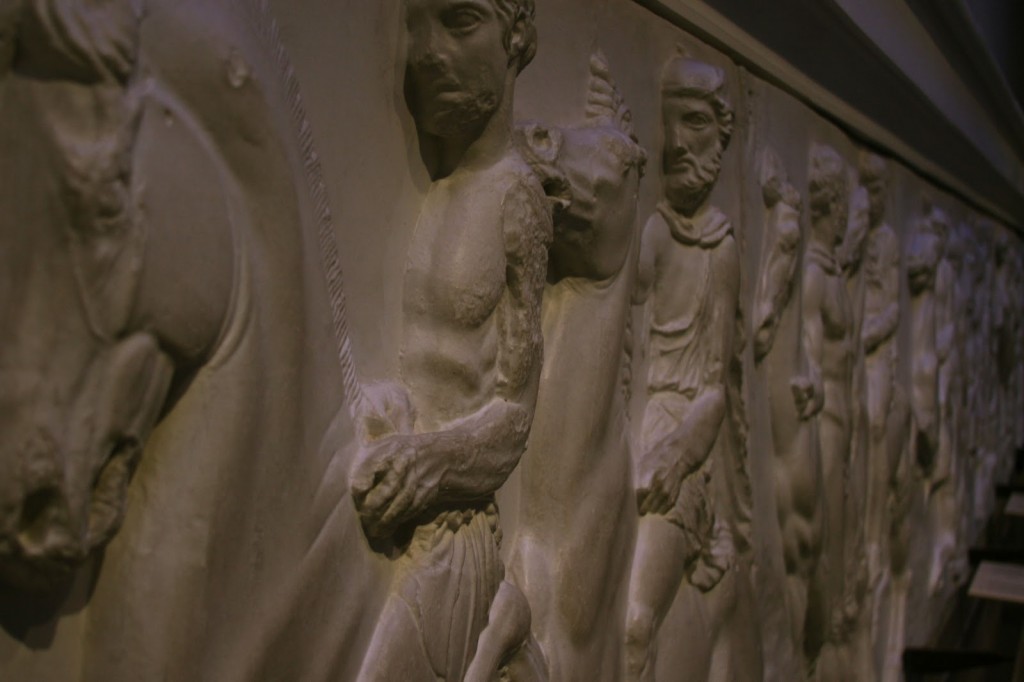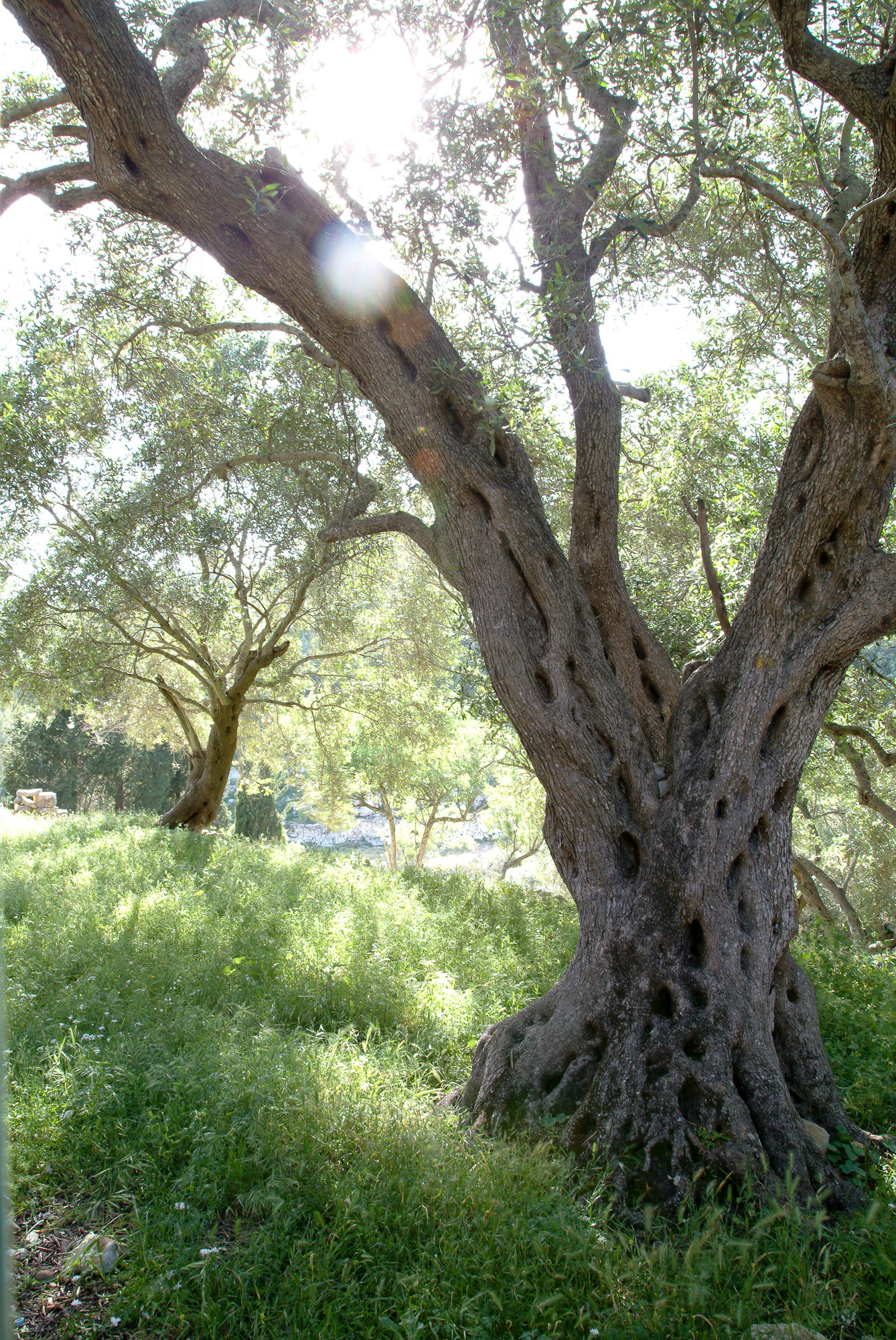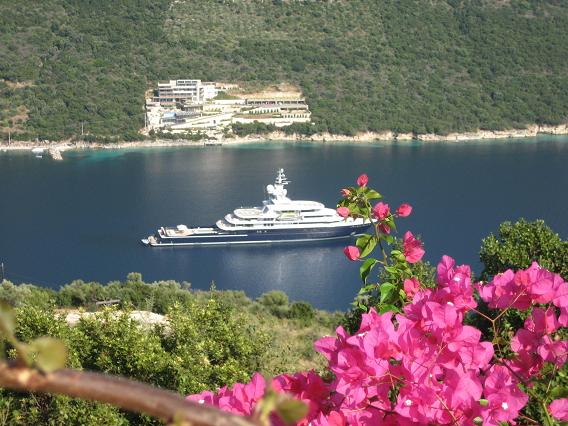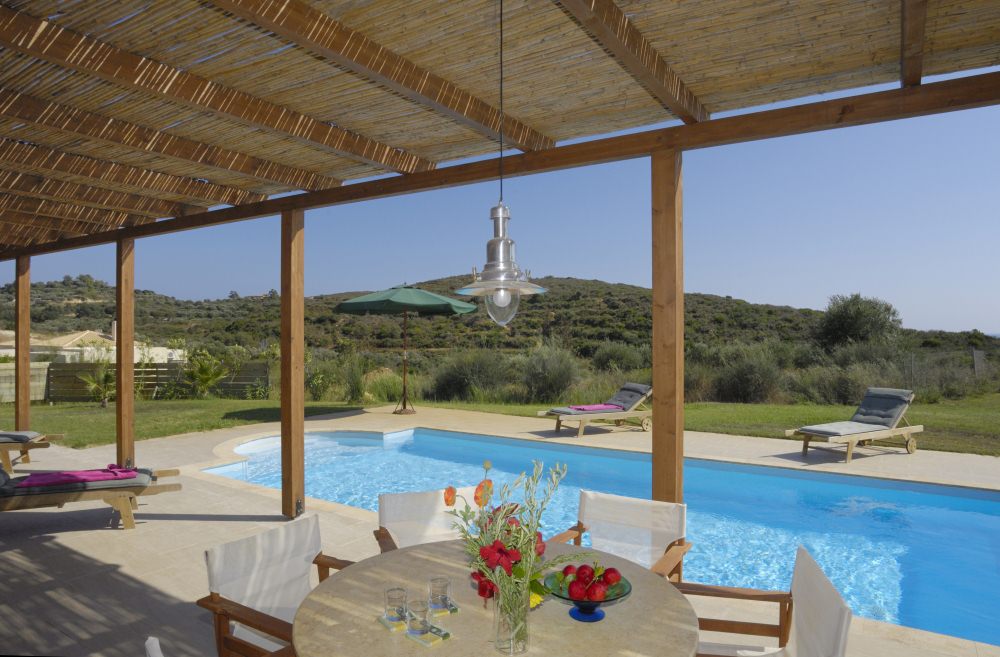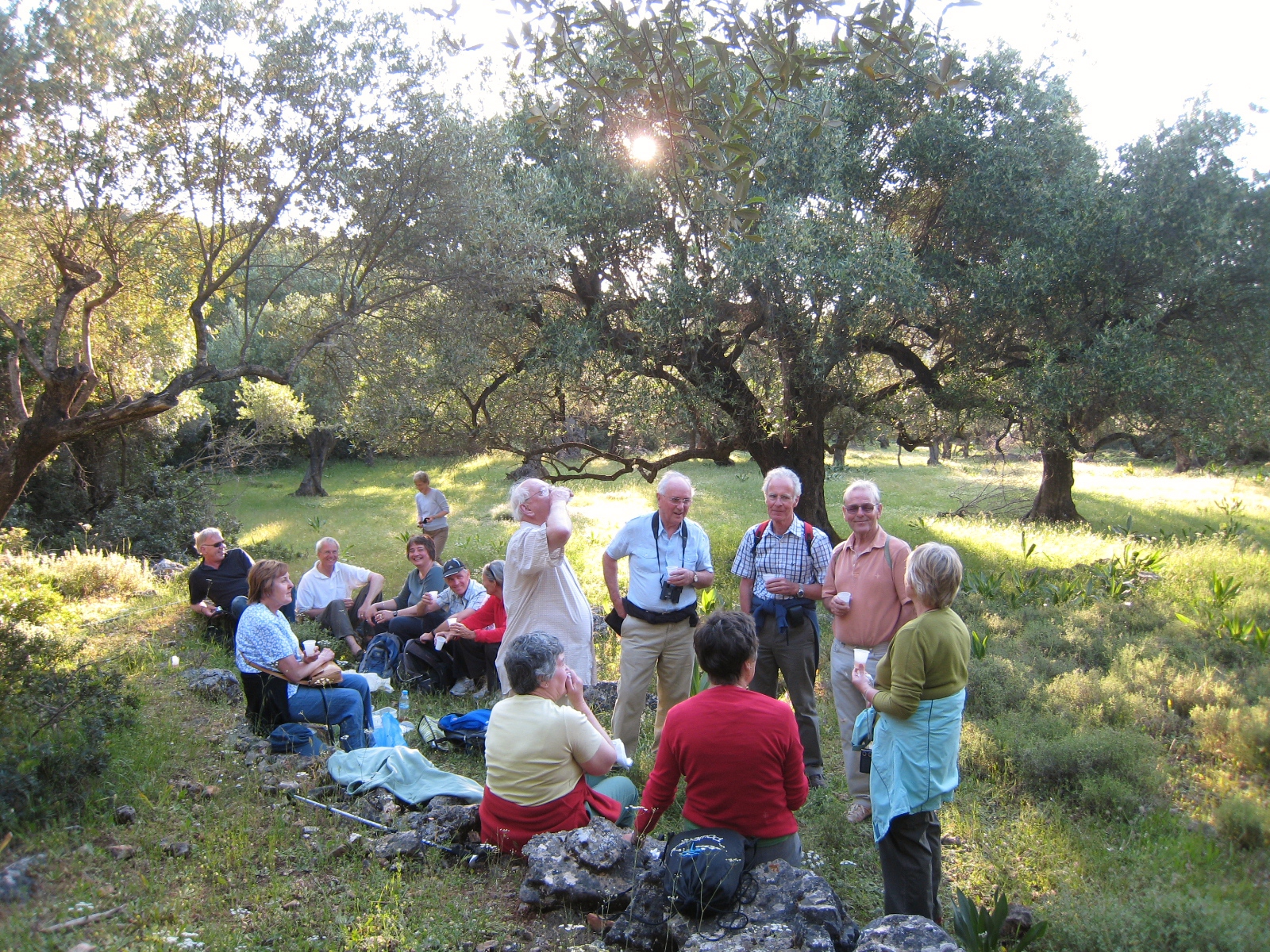Spring has sprung in the Ionian – temperatures are nudging 20 degrees. Greek Easter is late this year, May 5th – Easyjet and Ryanair April and May flights provide the perfect opportunity to see how the Ionian islanders celebrate it. Easter in Greece or “Paska” is THE most important (and loudest) celebration of the year….
Category: Island Life
Springtime in Paxos
Photo – East coast Paxos The winter rainstorms in the Ionian are over and there is now an explosion of colour as the Spring sunshine turns warmer and warmer. Olive grove terraces are filled with fresh bracken, wild gladioli, asparagus and freesias. Roadsides are lined with white convonvulus. Flowering myrtle bushes crowd ancient donkey paths….
The Elgin Marbles Debate
Photo – The Elgin Marbles Browsing in a second hand bookshop in Sherborne I came across a book: “Through Greece and Dalmatia” – published in 1912 to show “a diary of impressions recorded by pen & picture by Mrs Russell Barrington.” When Mrs Barrington was in Athens she wrote: “The most glorious jewel in the…
Paxos, More Than Just a Pretty Face
When my father and I started up Greek Islands Club on Paxos in the late 1960’s we arranged holidays from the beginning of April until the end of October. In more recent years the islands, including Paxos, have experienced a shortening of the summer season. Both tour operators and charter flight airlines are not able…
Bicentenary of Edward Lear’s Birth to be Celebrated in Corfu!
Photo – Villa Aphrodite’s view over Mon Repos Edward Lear is well known for his limericks and nonsense rhymes such as “The Owl and the Pussycat”. Lear however dedicated more of his time as a landscape painter. He travelled on foot and horseback through 19th Century Greece, Albania, Southern Italy and the Middle East making…
Roman Abramovich’s Yacht Seen in the Ionian Sea!
Photo – Mr Abramovich’s Luna on Lefkas This photo was taken from the terrace of Villa Kalithea on Lefkas last September. It shows Roman Abramovich’s motor yacht “Luna” in Poros Bay on the Lefkas’ south east coast. Two days after the photo was taken “The World” (the largest privately owned yacht on the planet) called…
A Godly view on Cephalonia
Photo – Villa Artemis Zeus, the “big cheese” God, was God of the Sky & Thunder. In Greek mythology he was named as Dias the “Divine King”. It is said that when he created the world he threw his last remaining building stones into the seas of Cephalonia and that one of these stones became…
Discover the Real Ithaca
Ithaca is an island which will appeal to those wanting to escape a busy, noisy lifestyle. But will there be enough to occupy the wound-up mind, which sometimes needs more than a week to jettison unwanted pressures and can refuse to sit happily with simple and peaceful island distractions? Recharging batteries is important and the…

